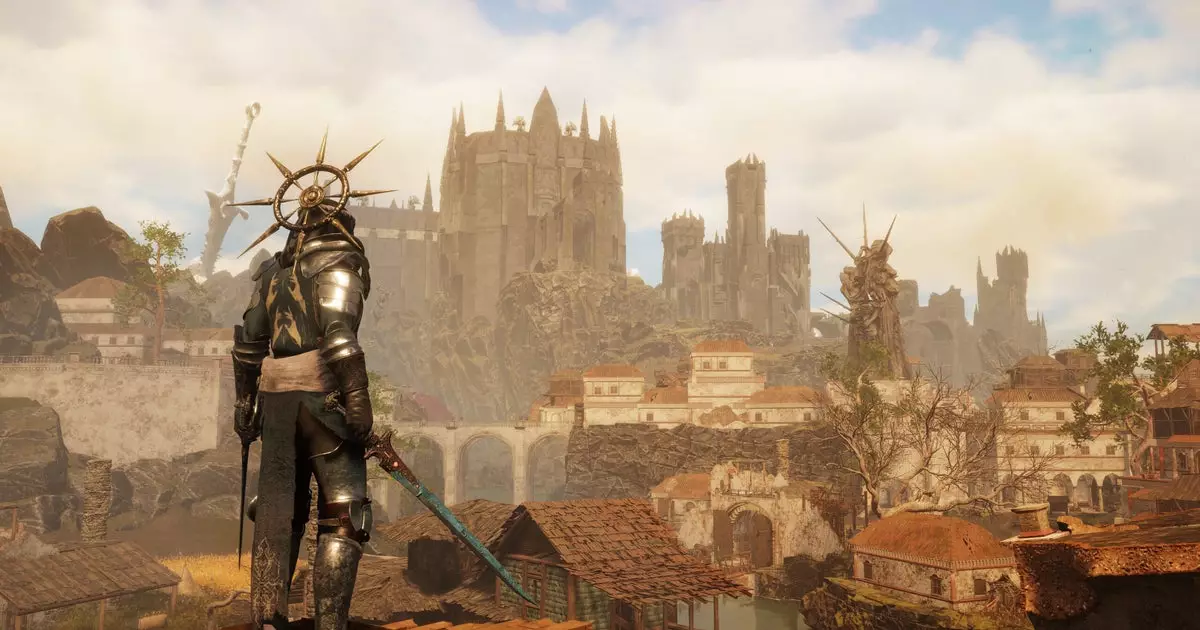Recently, the gaming community has been abuzz with excitement surrounding the upcoming title, Tainted Grail: The Fall of Avalon. For those who want to dive into an engaging fantasy world yet remain skeptical of mainstream games, this title emerges as a compelling alternative. Created by Awaken Realms, The Fall of Avalon not only draws from Arthurian myth but also reinterprets it, transforming legendary figures and events into a richly layered, darker narrative.
What sets this game apart is its willingness to embrace the gritty realities often glossed over in traditional retellings of Arthurian lore. No longer is Avalon a serene and pastoral paradise; instead, players will find themselves amidst “unending strife” and the haunting aftermath of King Arthur’s legacy. Expanding on the original game, Tainted Grail: Conquest, the sequel promises a more detailed experience filled with exploration and personal storylines, where chaos reigns, and night brings forth formidable creatures and challenges.
Immersive Worldbuilding: Depth Beyond the Surface
One of the standout features of The Fall of Avalon is its expansive world, adorned with intricate details that inspire immersion. Spanning three distinct zones and featuring over 200 side quests and additional mini-activities like house decorating and farming, the game encourages players to interact with their surroundings—an essential element often overlooked in contemporary RPGs. The addition of mechanics such as “sketchbook journaling” suggests a unique opportunity for players to express their creativity, potentially allowing them to explore not just the landscapes, but the narrative layers that reside within them.
This environment offers an elaborate backdrop that is not merely a setting but a character in its own right, enhancing the player’s encounter with the game. The overarching concept of Wyrdness introduces an intriguing dynamic by intensifying challenges at night. This framework captures the essence of survival and strategy, as players must navigate both the darker forces of the game and the insights into their own gaming tactics.
Character Customization and Dynamic Playstyles
At its core, Tainted Grail: The Fall of Avalon appears to provide an impressive breadth of character customization. Players can mold their avatars into imaginative variants—whether that be a berserker-alchemist concocting deadly potions or a stealthy archer slipping through shadows with precision. This sense of possibility fosters an engaging gameplay loop, allowing players to experiment with different styles and strategize their approach to problem-solving within the game world.
However, despite the enticing features, certain statements made about the game have raised some skepticism. Terms such as “morally grey” and “limitless playstyles” can often feel like marketing jargon that imply depth without substance. Consequently, it remains to be seen if the execution will match the ambitious promises made in promotional material. Gamers may find themselves prioritizing gameplay mechanics that are genuinely innovative, rather than those that regurgitate familiar tropes.
Dark Themes and Narrative Aesthetics
The narrative of The Fall of Avalon promises a dark tale, underscored by themes of disease, such as the ominous plague known as the Red Death. Unlike many fantasy games that flirt with the notion of peril, this title appears to plunge headfirst into discomfort and moral ambiguity, foregrounding ethical dilemmas around survival, transformation, and the darker aspects of human desires. The game’s aesthetics—anchored on themes of “everlasting autumn”—vividly represent decay and beauty intertwined, compelling players to ponder the consequences of their actions and choices.
Visually, it takes cues from the likes of FromSoftware, establishing an ambiance synonymous with rot and malaise yet paradoxically charming. By marrying beautiful designs with unsettling narratives, the game can attract players who yearn for depth and gloom rather than a simplistic hero’s journey.
The Fall of Avalon asks gamers to confront their own perceptions of heroism and morality. In a landscape overcrowded with titles offering safe adventures riddled with cliché narratives, it paves a path toward a nuanced exploration of fantasy, one that resonates deeply with contemporary concerns and themes.
As we look toward the release of The Fall of Avalon, the hope is that it lives up to its intriguing premise and ambitious design. For players ready to immerse themselves in a world defined by strife, discord, and a northern aesthetic, this release might very well shake the foundations of what is expected from an RPG set in familiar mythos.

